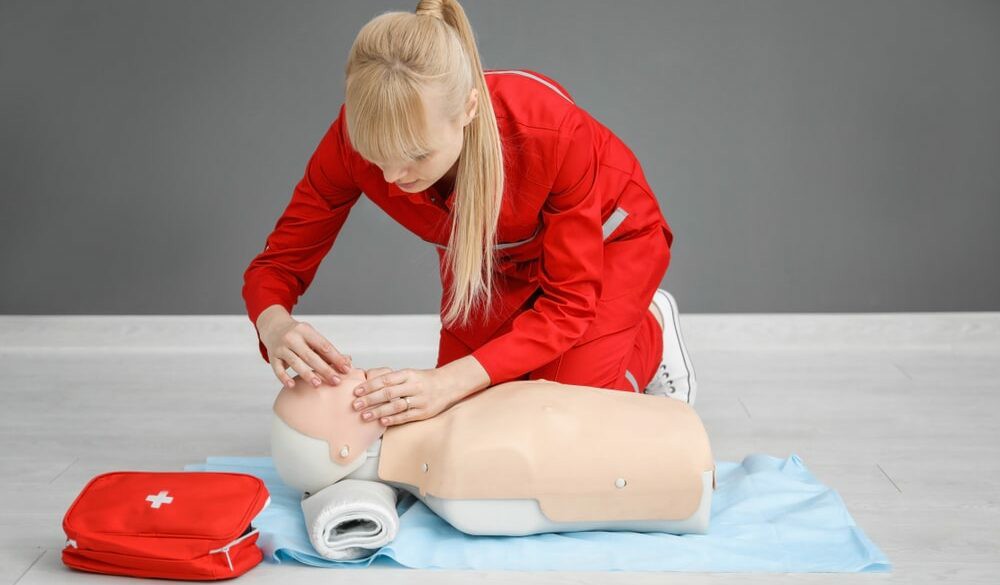Empower Your Workforce: The Essential Impact of First Aid Training and CPR Certification
In today's fast-paced work environment, safety and preparedness are paramount. Every workplace, regardless of size or industry, must prioritize the health and safety of its employees. One of the most effective ways to ensure workplace safety and compliance with health regulations is through First Aid training and CPR certification. This blog post delves into the numerous benefits that First Aid and CPR training provides, helping to protect employees and build a culture of safety within organizations.
The Importance of First Aid Training in the Workplace
First Aid training equips employees with the knowledge and skills necessary to respond effectively to emergencies, injuries, or sudden illnesses. Here are some key benefits:
- Immediate Response: Having trained employees ensures that there is someone on-site capable of providing immediate assistance during a medical emergency, which can significantly reduce the severity of injuries and promote quicker recovery times.
- Building a Safety Culture: Organizations that prioritize First Aid training contribute to a culture of safety, demonstrating to employees that their well-being is a priority, which can enhance morale and productivity.
- Workplace Confidence: Employees who have completed First Aid training tend to feel more confident in their ability to handle emergencies, leading to a proactive approach towards safety in the workplace.
Essential First Aid Skills Every Workplace Must Prioritize
First Aid training covers a wide range of skills that are crucial for workplace safety. Some of the essential skills include:
- Basic Life Support: Understanding how to perform CPR and the use of an Automated External Defibrillator (AED) can be life-saving.
- Wound Care: Knowing how to properly clean and dress wounds can prevent infection and promote healing.
- Recognizing Emergencies: Training helps employees identify and respond to various emergencies, including allergic reactions, strokes, and heart attacks.
- Choking Relief: Learning techniques such as the Heimlich maneuver can save lives in choking situations.
Understanding CPR: Life-Saving Techniques Every Employee Should Know
CPR (Cardiopulmonary Resuscitation) is a critical component of First Aid training. It prepares employees to act swiftly and effectively in cardiac emergencies. Here’s what CPR training typically covers:
- CPR Techniques: Learn the correct chest compression technique and rescue breaths for adults, children, and infants.
- Using an AED: Training also covers how to use an Automated External Defibrillator (AED), which can restore a normal heart rhythm in cases of sudden cardiac arrest.
- Emergency Response Protocol: Employees learn to assess emergencies and call for professional help when necessary.
Regulatory Compliance and Workplace First Aid Requirements
Compliance with health and safety regulations is crucial for all businesses. First Aid training helps organizations meet legal obligations and stay compliant with local regulations. Here’s why it is important:
- OSHA Compliance: The Occupational Safety and Health Administration (OSHA) mandates specific First Aid training standards, and having certified employees can help businesses adhere to these regulations.
- Insurance Benefits: Businesses that actively engage in safety training can often lower their liability insurance premiums.
Benefits of First Aid Certification for Businesses and Employees
Obtaining First Aid certification offers numerous advantages:
- Improved Emergency Preparedness: A workforce trained in First Aid is better prepared to respond swiftly to emergencies, which can prevent loss of life and reduce recovery costs.
- Enhanced Reputation: Businesses demonstrating a commitment to employee safety can improve their reputation with clients and stakeholders.
- Employee Retention: Training programs can enhance job satisfaction and retention rates among employees.
Emergency First Aid Procedures: Step-by-Step Guidelines
Being trained in emergency First Aid procedures involves knowing how to act quickly and effectively. Below are general steps to follow during emergencies:
- Assess the scene for safety before approaching the victim.
- Check for responsiveness and call for help.
- Provide necessary First Aid based on the injuries observed.
- Keep the victim calm and ensure they receive professional medical assistance.
Choosing the Right First Aid Course: Online vs. In-Person Training
When selecting a First Aid course, businesses have options, including online and in-person training:
- Online First Aid Course: Offers flexibility and convenience, allowing employees to learn at their own pace.
- In-Person Training: Provides hands-on experience and real-time interaction with instructors, which is beneficial for practicing CPR techniques.
Final Call to Action
Invest in your workforce's safety today by enrolling them in a certified First Aid & CPR training course. Empower your employees with essential emergency response skills and ensure a safer workplace for everyone. For inquiries, contact us at [email protected].



 349,500 Offered Certificates
349,500 Offered Certificates
 24/7 Online Training
24/7 Online Training
 Money Back Guarantee
Money Back Guarantee
 Fully Accredited Courses
Fully Accredited Courses
